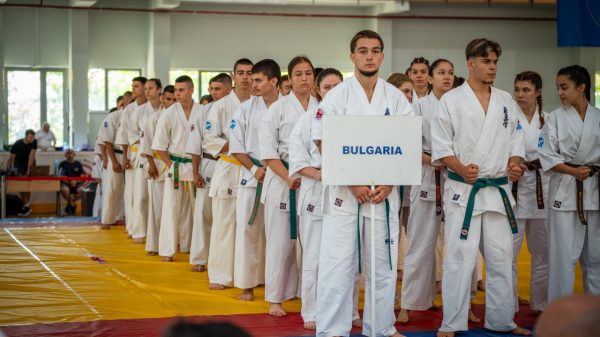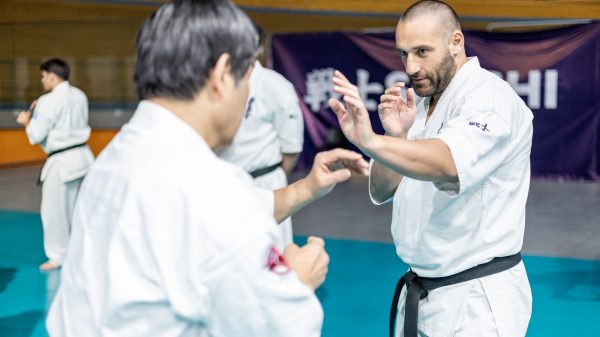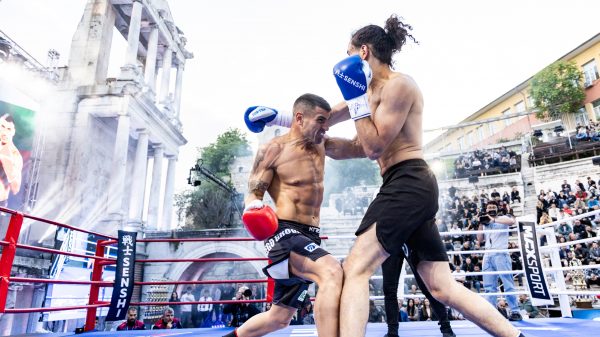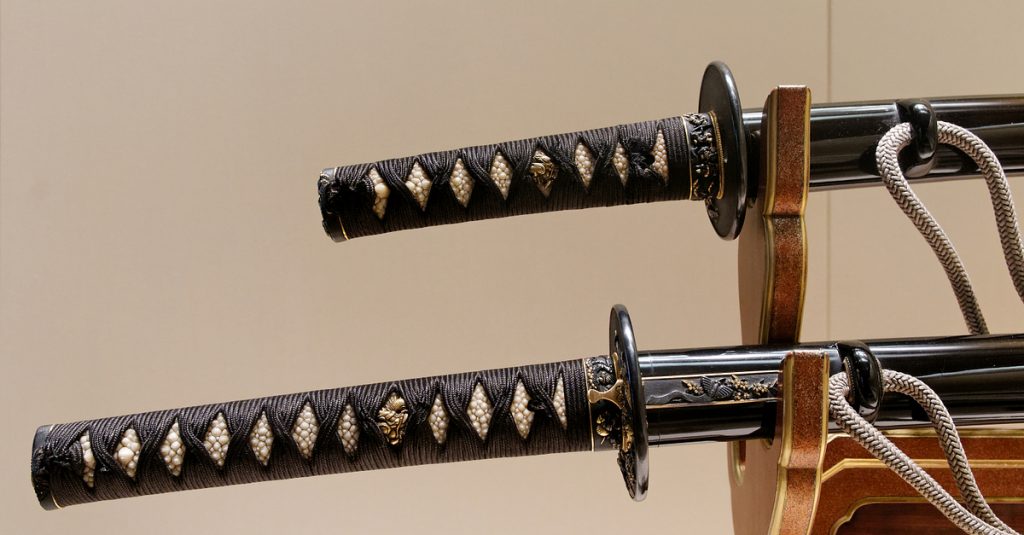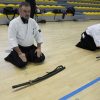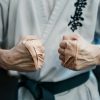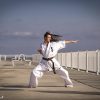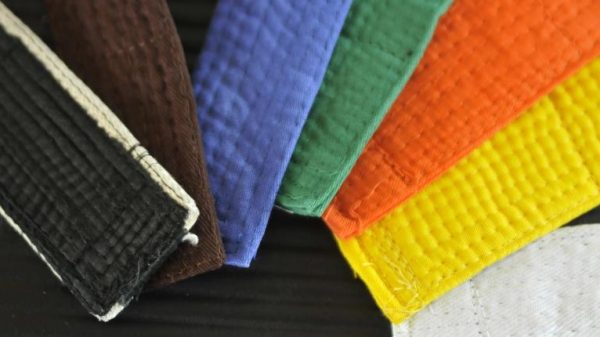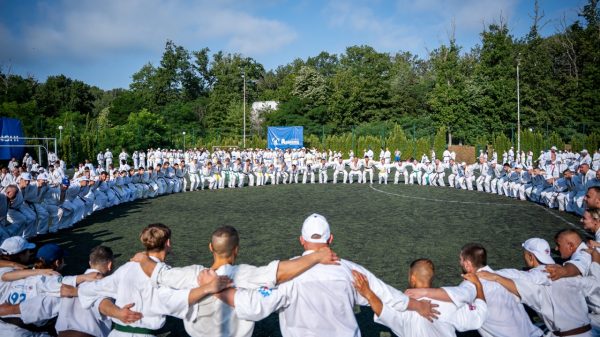The samurai did most of his fighting with the long katana, shown above. Its forged steel blade was the secret of its strength.
At the birth of a samurai—the servant warrior to a daimyo, or lord—a sword was present in the room. And when he died, survivors placed their swords beside him in the expectation he would defend his daimyo from demons in the afterlife. Lethal works of art were the samurai’s daisho (literally “big-little”)—the long katana, with which he did most of his fighting, and the shorter wakizashi, for close combat or, if need be, ritual suicide. They inspired almost supernatural regard. And indeed, the skill required both to create and to wield them was the product of generations of tradition infused with an air of mysticism.
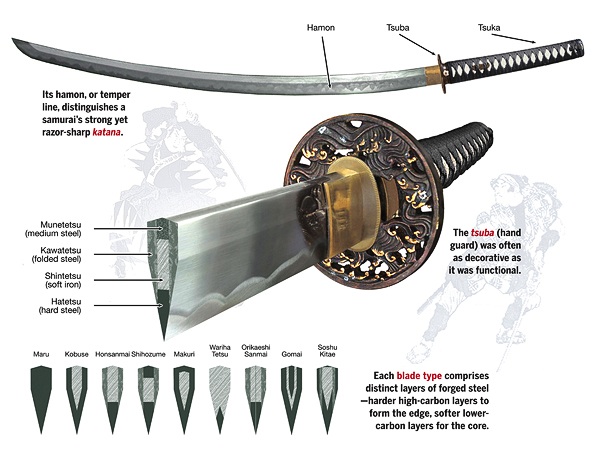
Illustration by Gregory Proch
The secret behind each blade’s legendary sharpness and strength lies in its manufacture. Each comprises multiple layers of forged steel: a harder high-carbon layer to form the edge, softer lower-carbon layers for the core, to prevent bending and resist breaking. Superheated, folded multiple times, and then hammered into shape, the blade is polished to reveal a wavy hamon, or temper line, by which experts judge its aesthetics and quality. Such swordsmiths as Masumane and Muramasa acquired as formidable reputations for their craftsmanship as Miyamoto Mushashi did for his swordsmanship.
By Jon Guttman / historynet.com





